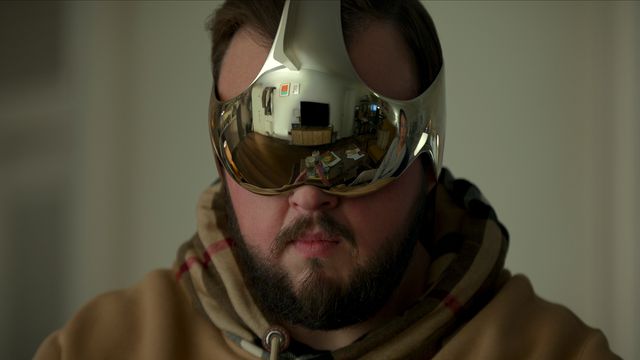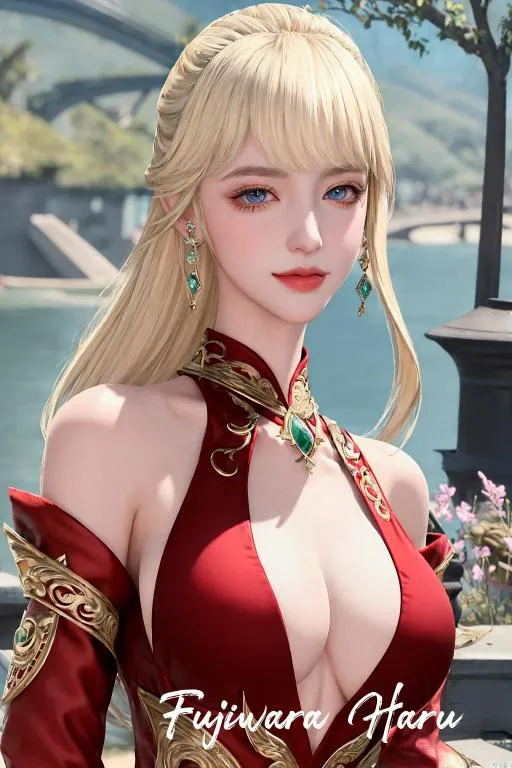In its first four episodes, Ahsoka struggles under the weight of writer and creator Dave Filoni’s vast ambitions. In animated series like The Clone Wars and Rebels, Filoni made massive additions to the Star Wars universe’s lore and cast of characters, and the work of introducing that material to viewers who only know live-action Star Wars hampers Ahsoka’s early chapters. But once the pieces finally come together in the back half of the season, Ahsoka delivers an excellent mix of action and pathos with major implications for the future of the franchise.
Effectively a continuation of Rebels, the show follows the Jedi Ahsoka Tano (Rosario Dawson) and the Mandalorian Sabine Wren (Natasha Liu Bordizzo) as they search for their lost friend Ezra Bridger (Eman Esfandi). Their quest is tied up in a race by Imperial loyalists to find Grand Admiral Thrawn (Lars Mikkelsen), who Ezra helped exile to another galaxy prior to the events of the first Star Wars film.
The first four episodes revolve around a fairly bland MacGuffin chase, elevated primarily by the fallen Jedi mercenaries Baylan Skoll (Ray Stevenson) and Shin Hati (Ivanna Sakhno). Sakhno brings a fierceness to her role, but it’s Stevenson who really steals the show as an aging, jaded knight so weary of the endless struggle between Sith and Jedi that he aims to alter the very nature of Star Wars’ cosmology. He exudes gravitas whether dueling Ahsoka with brutal strength or musing over the failings of the ideals he once dedicated his life to. It’s a splendid final role for the late Stevenson and makes the tragedy of his passing even sharper – Filoni clearly saw big things in the characters’ future.
Another problem with the early episodes is Dawson’s performance, which is emotionally muted in anticipation of a midseason narrative breakthrough that sheds some of her stoicism. Ahsoka’s arc is excellent, pushed forward by Hayden Christensen stepping back into the role of Anakin Skywalker and building on the work The Clone Wars did to develop a character who never really worked in the Star Wars prequels. But a muffled star and clunky, exposition-filled dialogue make the first half of the season frustratingly stiff.
Ahsoka is also strained by the need to pull together too many Star Wars projects, as seen in plots depicting the dysfunction of the New Republic. Drawing on elements of Andor, The Mandalorian, and Star Wars Resistance, these scenes mostly serve as a cameo-delivery system that takes time and emotion away from some of Ahsoka’s richest material.
At its best, Ahsoka builds on Filoni’s willingness to explore the strangest corners of Star Wars’ mythology. This series includes witches who can communicate through dreams, squid-whales that travel the stars, and a world where you can escape death and revisit your past. All of these strange elements are gorgeously rendered through a mix of dramatic costuming, battles, and CGI, and they really lean into the epic quality of Star Wars’ brand of science fantasy.
The show also builds on the questions of what it means to use the Force and be a Jedi in a way that The Last Jedi approached before its points were utterly undermined in Rise of Skywalker. Despite having no natural affinity to the Force, Sabine trained in lightsaber combat alongside Ezra in Rebels. Since then, she’s been taken on as an apprentice by Ahsoka, who’s convinced she can teach her more than just combat – the push and pull of trust in their dynamic creates the emotional core of the series.
The ancient Jedi Temple droid Huyang (David Tennant) might normally act as a voice of conservatism. Here he’s a gentle and humorous mentor who isn’t concerned with whether Sabine’s abilities would have earned her admission into the Jedi Order – he just wants to make sure that she and Ahsoka work to embody the spirit of devoted teamwork of Jedi and Padawan. Filoni combines this novel approach with the lore surrounding the Force and its origins to build a story of significant consequence, even if it remains unclear to anyone who didn’t watch the Clone Wars.
It’s a shame how long it takes to get to Ezra and Thrawn given how much both characters bring to Ahsoka. Mikkelsen reprises his role as the tactical mastermind, and even painted blue he manages to bring a chill to his lines. Thrawn calculatingly decides just how many resources to expend in the fight at hand while always looking ahead to the next battle; like Gargoyles’ David Xanatos, he manages to always see victory even when the heroes seem to have the upperhand.
Esfandi also naturally fits into the role of the young exiled Jedi, bringing a sweet levity to his performance, particularly to his scenes with Sabine. Their battle together, where he shows off what he’s learned in her absence, is one of the most fun sequences in the show. It harkens back to the blend of martial arts and magical powers found in Avatar: The Last Airbender, where Filoni’s work first attracted George Lucas’ attention.




